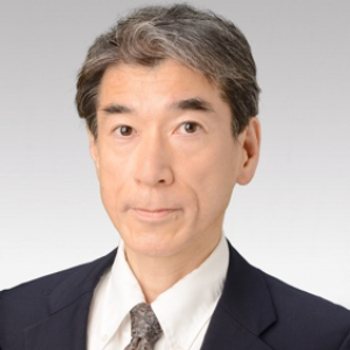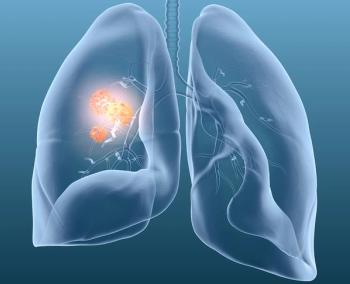
Is Re-Administration of Immune Checkpoint Blockade Safe?
A study in JAMA Oncology evaluated re-administration of immune checkpoint blockade in cancer patients who experienced a grade 2 or higher immune-related adverse event.
For cancer patients who have experienced a grade 2 or higher immune-related adverse event (irAE), re-administration of immune checkpoint blockade may be safe, a retrospective cohort study
“It’s excellent that somebody actually looked at this group of patients because we do know that there is a toxicity rate associated with giving checkpoint inhibitors,” said
Approximately 8% of patients who receive programmed death 1 (PD-1) or programmed death ligand 1 (PD-L1) inhibitor monotherapy have a grade 3 or 4 irAE, and with combination therapy, the rate is even higher, with approximately 50% of patients having a grade 3 or 4 irAE.
The study included a cohort of 93 adults who had a grade 2 or higher irAE while on PD-1 or PD-L1 inhibitor therapy. Of the 93 patients, 40 had re-administration of PD-1 or PD-L1 inhibitor therapy and 53 patients permanently discontinued treatment.
Overall, 45% of patients (18 of 40) who had re-administration of PD-1 or PD-L1 inhibitor therapy did not have an irAE. Among the 55% of patients (22 of 40) who did have additional irAEs, most (17 of 22) had the same type of event and a minority had a different type of event (5 of 22). For patients who had a second irAE, 38% were of grade 2, 48% were of grade 3, and 14% were of grade 4, and the event was not worse than the first event.
If a blanket statement were made that patients who have had a side effect cannot have more therapy, Patel said, “we would be withholding [therapy] from 45% of people who potentially will not have another side effect to this.”
The study also showed that, for patients who had recurrence of an irAE after re-administration, the time interval between starting PD-1 or PD-L1 inhibitor therapy and having an irAE was a median of 6 weeks shorter than those who did not experience a second irAE after re-administration (9 vs 15 weeks; P = .04). “These are things we’ve often anecdotally felt,” said Patel.
Although re-administration may be safe, patients who had re-administration of PD-1 or PD-L1 inhibitor therapy had no statistically significant difference in progression-free survival compared with patients who permanently discontinued therapy. “It’s not clear that re-challenge gives you more of a benefit yet,” said Patel. She cautioned, “Of course, it was a small study, so if they had more patients, maybe that [benefit] would tease out.”
While the study provides insights, Patel noted that there’s “still a little bit of a gap” in terms of the safety of re-administering PD-1 or PD-L1 inhibitor therapy. She explained that the guidelines and the prescribing information for most immune checkpoint inhibitors specify when to permanently discontinue the drug, which is typically with a grade 4 side effect. However, if a patient had a high-grade side effect, such as a grade 3/4, she asked, “Do you resume therapy, even when the package insert states to permanently discontinue for grade 4 side effects?”
Newsletter
Stay up to date on recent advances in the multidisciplinary approach to cancer.



















































































